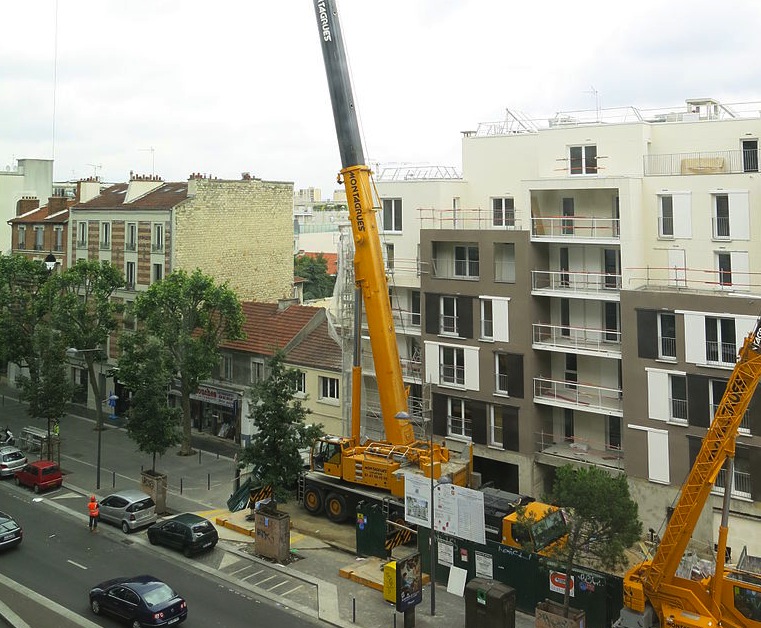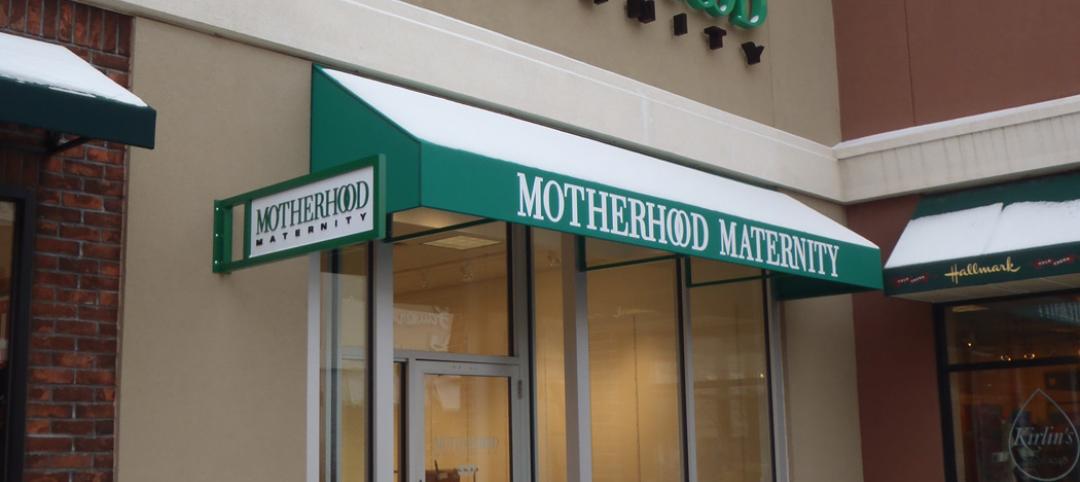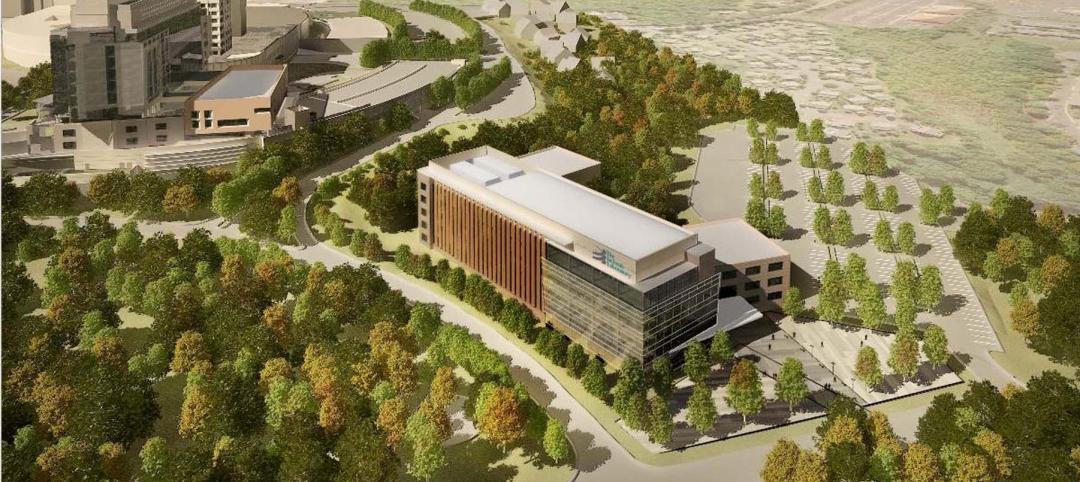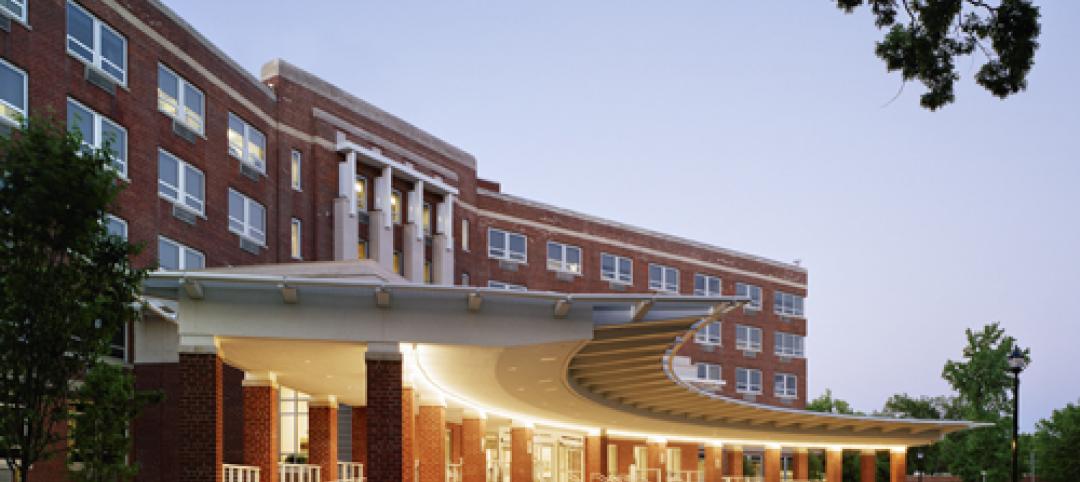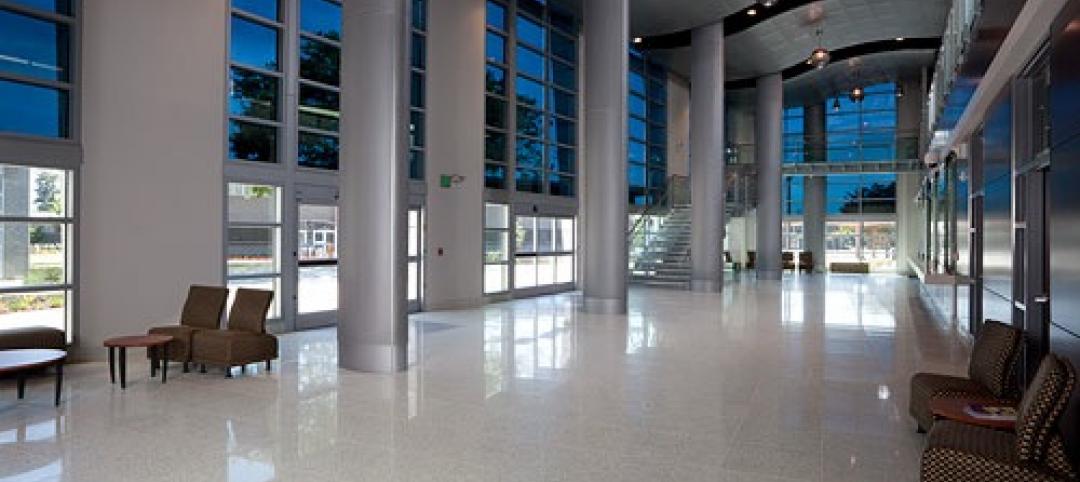FMI, a leading provider of management consulting and investment banking to the engineering and construction industry, announces the release of the 2014 Fourth Quarter Nonresidential Construction Index report.
The NRCI shows a slight increase from 62.5 in the third quarter to 62.8 in the fourth quarter of 2014. This is nearly 5.5 points ahead of fourth quarter 2013. An NRCI greater than 50 indicates improvement or expansion.
There are many good reasons for optimism by NRCI survey respondents this quarter. The top-three are: businesses are starting to build again, backlogs are expanding, and future business looks good with low inflation. A close fourth is a sense of financial security with improved balance sheets.
However, the costs of labor and materials are still on the rise, thus holding down the overall NRCI score. In addition, nearly one-fourth of the panelists expressed concern about the availability of skilled labor.
To download a copy of the full report, click here.
About FMI
FMI is a leading provider of management consulting, investment banking* and research to the engineering and construction industry. FMI services all segments of the industry providing clients with value-added business solutions.
Related Stories
| Feb 15, 2012
Code allowance offers retailers and commercial building owners increased energy savings and reduced construction costs
Specifying air curtains as energy-saving, cost-cutting alternatives to vestibules in 3,000-square-foot buildings and larger has been a recent trend among consulting engineers and architects.
| Feb 15, 2012
Englewood Construction announces new projects with Destination Maternity, American Girl
Englewood’s newest project for Wisconsin-based doll retailer American Girl, the company will combine four vacant storefronts into one large 15,000 square-foot retail space for American Girl.
| Feb 14, 2012
Angelo State University opens doors to new recreation center expansion
Designed by SmithGroup, the JJR_Center for Human Performance offers enhanced fitness options, dynamic gathering space.
| Feb 14, 2012
SAIC selected for architectural and engineering design services at Lajes Field, Azores
SAIC’s services will include a broad variety of new construction projects and maintenance and repair projects
| Feb 14, 2012
Skanska promotes Aparicio and hires Leintz in Southern California
Aparicio and Leintz are both based in Skanska’s Los Angeles office.
| Feb 14, 2012
The Jackson Laboratory announces Gilbane Building Co. as program manager for Connecticut facility
Gilbane to manage program for new genomic medicine facility that will create 300 jobs in Connecticut.
| Feb 14, 2012
Thornton Tomasetti names Al Hashimi vice president for its Middle East Operations
Al Hashimi is joining the company to help expand Thornton Tomasetti’s business in the region and support clients locally.
| Feb 13, 2012
WHR Architects renovation of Morristown Memorial Hospital Simon Level 5 awarded LEED Gold
Located in the Simon Building, which serves as the main entrance leading into the Morristown Memorial Hospital campus, the project comprises three patient room wings connected by a centralized nursing station and elevator lobby.
| Feb 13, 2012
Center for Sustainable Building Research launches CommercialWindows.org
Resource aims at reducing commercial operating costs and energy consumption.
| Feb 13, 2012
New medical city unveiled in Abu Dhabi
SOM’s design for the 838-bed, three-million-square foot complex creates a new standard for medical care in the region.


